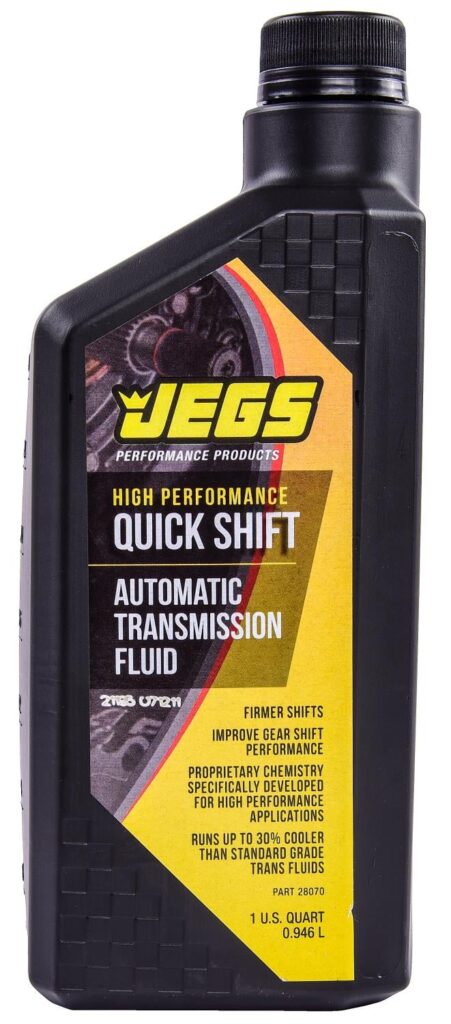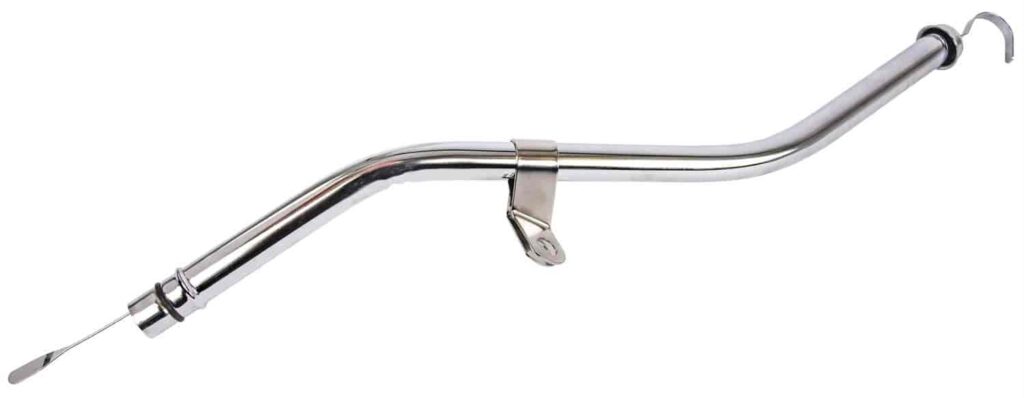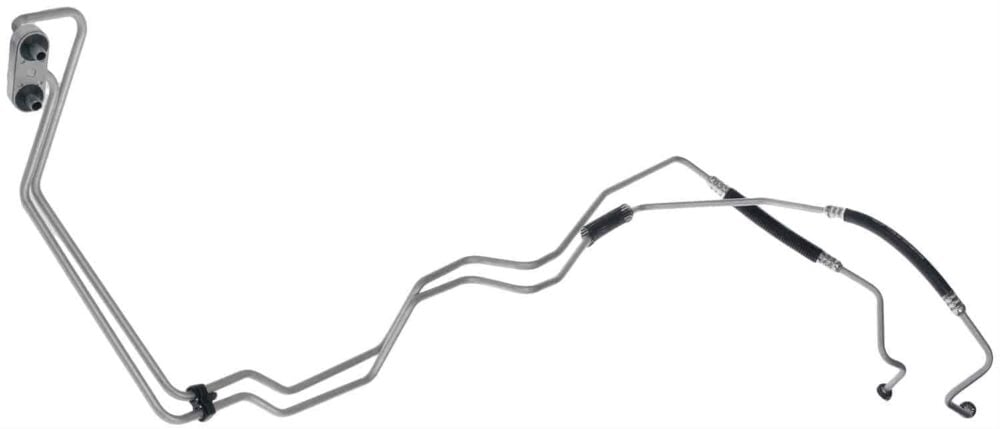

You're probably familiar with the need to check and replace your engine's oil as this is a regular service item, and one that can have disastrous consequences if not performed in a timely manner. But did you know that your transmission or gearbox also uses fluid to keep its finely-engineered innards lubricated and cooled? Transmission fluid also needs to be changed in most instances, and although the service intervals for this task are much further apart than engine oil, it’s still a critical task when the time rolls around.
In this article, we’ll take you through why it’s super important to check transmission fluid and how to check transmission fluid in your vehicle. In addition, we’ll show you how to check transmission fluid without a dipstick as well.
Meanwhile, why not check out what’s required for your transmission fluid change? You can even purchase the necessary fluids from the comfort of your home.
Why It Is Super Important to Check Transmission Fluid
Your vehicle’s transmission consists of gears, belts, and bands in any combination of one or more of these (depending on whether it’s a manual, conventional torque converter automatic, or CVT gearbox). These components connect and disconnect to each other to enable smooth and positive gear shifting, including the neutral position, and reverse gear.
As you can imagine, there’s a lot of contact in there, with plenty of heat generated as you drive along at varying speeds, with changing loads as you accelerate and brake. Transmission fluid keeps these components lubricated and working smoothly, as well as acts as a coolant. That’s why you’ll hear about transmission coolers on high-performance cars, which act as a sort of radiator for your transmission fluid. If you’re looking for one of these to keep your transmission cool under increased performance demands, just talk to our experts.
Regardless of whether your car is equipped with a manual or automatic transmission, first, you should grab its owner’s manual, and find the servicing items checklist. This will tell you how often you should check and replace transmission fluid, as well as whether your vehicle has what’s known as a ‘sealed for life’ automatic transmission. If it’s got one of these, there isn’t a lot you can or need to do unless there’s a transmission issue that requires repairs by a certified mechanic. For those who don’t have a ‘sealed for life’ transmission, read on.

How To Check Transmission Fluid On An Automatic Car
Firstly, check your vehicle’s owner’s manual for the correct process to be followed, as it can vary widely between models. Familiarize yourself with the dipstick (if equipped), and where the transmission fill and drain points are.
You might need to warm up your car’s transmission before checking the fluid. To do this, just take it on a short drive until the engine temperature gauge indicates a normal operating level.
On some vehicles, you may need to keep the engine running while checking transmission fluid, while on others this is not necessary. Once again, your owner’s manual will tell you. Either way, park your car on a level piece of ground, select Park on the transmission selector, and engage the emergency brake.
Find the transmission fluid fill tube and pull out the dipstick. Be careful, as you may be reaching near hot engine components, or a spinning fan in some cases.
Wipe the dipstick with a clean rag and re-install it all the way. Then, pull it out after a few seconds and read the fluid level. Your dipstick will have markings indicating normal, low, and overfill conditions, or your owner’s manual may indicate these.
If the fluid level is correct and the fluid appears clear and clean, you’ve got nothing to worry about. If the level has significantly depleted or you find that the fluid appears cloudy or contaminated, it’s time for further inspection and a fluid change.

How To Check Transmission Fluid On A Manual Car
Manual transmission car owners will have a little more involved process to undergo, as you typically have to raise the car and check transmission fluid levels from beneath. The best way to start is to check your car’s owner’s manual for the correct procedure.
Then, you should park your car on a level piece of ground, engage the emergency brake and chock the wheels. Carefully jack up your car, one side at a time. Use proper jack stands as it’s not recommended, nor safe to venture under a car that’s held up by a jack. There have been reports of jacks collapsing with fatal results, which is why a competent and safe technician will always use jack stands before venturing under the car.
Locate the transmission fluid/oil filler plug, which will be some way above the bottom of the transmission, usually along the side. Remove it using the correct size of socket and a ratchet. Using an incorrect socket can strip the filler plug of its threads and cause further headaches.
How can you check transmission fluid level without a dipstick? Stick your finger inside the fluid filler hole, angled downwards, and see if you can feel any fluid. If you can, all is well. If you can’t, then it’s probably time for a top-up. Of course, if your car has a dipstick, you don’t need to go through this procedure.
Once all is done, simply close and tighten the filler plug, double-check, and lower your car down.

Choose JEGS for all your automotive requirements
Since 1960, JEGS has provided automotive enthusiasts with a one-stop shop for all their requirements. Our founder Jeg Coughlin was disappointed by the lack of quality performance car parts and decided to do something about it. Today, JEGS is run by the second generation of the Coughlin family and ships parts to every part of the United States as well as internationally. Backed by competitive pricing and comprehensive warranties, there’s a lot to like about JEGS.




